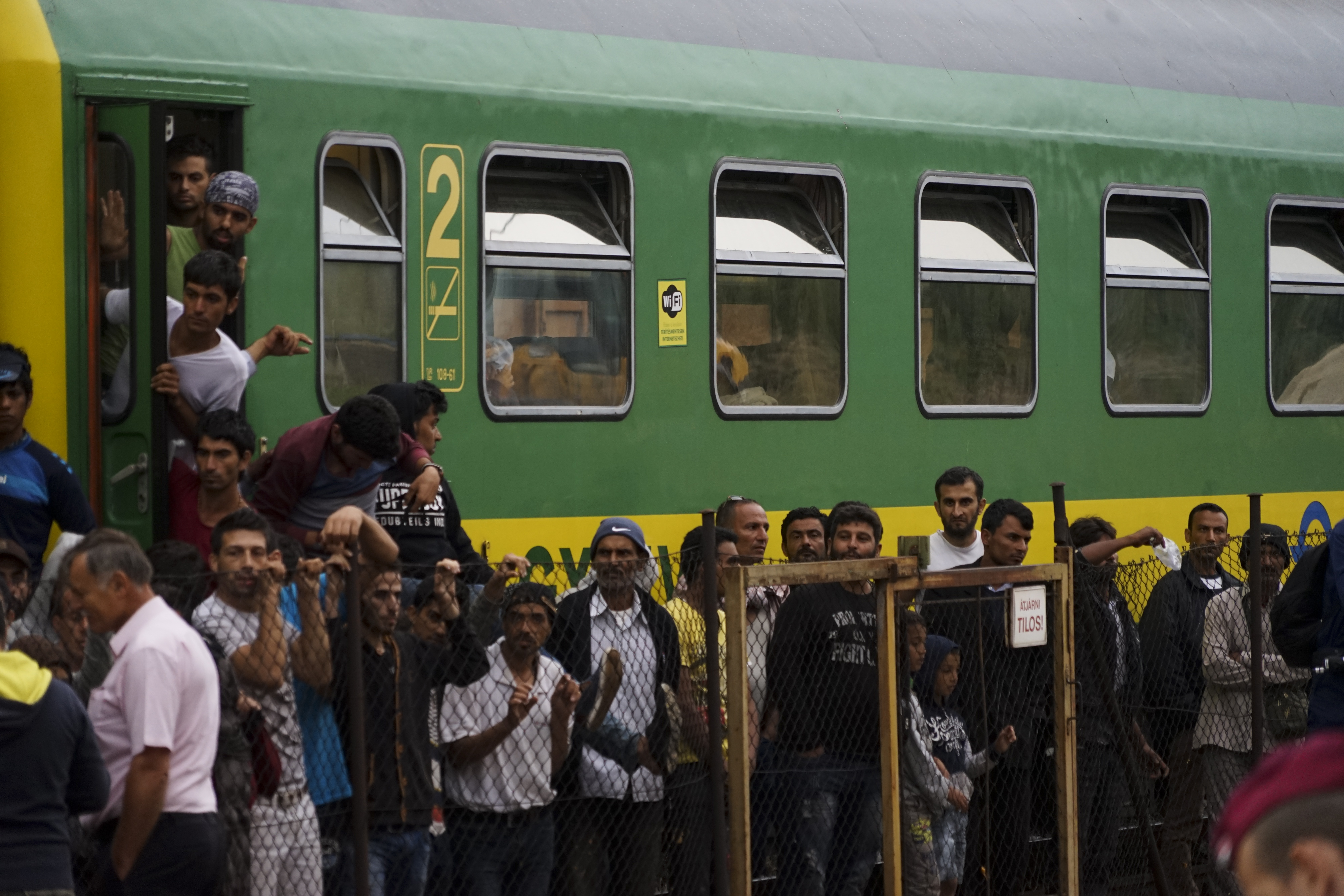By Thibaud Cassel.
1/3 – Part one: a Romanian mystery
Romania celebrates every 1st of December “the union of all the Romanian provinces”. The event was particularly important on December 1, 2018, as they celebrated the 100th anniversary of the declaration of Alba Iulia, the city of Transylvania where the union was proclaimed. An unmissable opportunity for Thibaud Cassel to spend a few days in the Romanian capital, Bucharest, paying attention to the political troubles of the time and catching the echo of the old times.
Independence at the time of the European movement of nationalities
On December 1, to the Romanian joy responds the Hungarian distress, as the unitary state of Romania has been made at the expense of the Hungarian unitary state. The ethno-nationalism of the years 1848-1945 could not get along well with the entanglement of the Magyar, Romanian and German populations in Transylvania. The union of December 1, 1918, is in fact the culmination of a dynamic that started at the time of the Revolutions of 1848. Amid the Crimean War, France in 1859 supported the founding of a “Little Romania” made up of Wallachia and Moldavia, under the rule of Alexander John Cuza. This was the end of Ottoman subjection. Champion of national claims, Napoleon III’s France played an important role in the emergence of modern Romania as in that of the young kingdom of Italy. Yet she did gained any benefit from this. In the Italian case, France aroused a rival in the Mediterranean Sea, alienated Catholics and weakened Austria, which enabled Prussia to achieve the union of Germany for her benefit. In the Romanian case, the ruler was overthrown by a coup in 1866 and replaced by Karl von Hohenzollern-Sigmaringen, a relative of the future Kaiser Wilhelm I.
At the time of fallen empires
Romania is taking good advantage from the collapse of the empires that surrounded her. The chaos of 1918 allowed the annexation of Bessarabia (present-day Moldova) to the detriment of the then vulnerable USSR and, as part of the dismemberment of Austria-Hungary, Bucovina and Transylvania. The case of the latter is the most delicate. Indeed, her thousand-year belonging to the Kingdom of Hungary and the trauma of millions of Hungarians dispossessed of their country is not insignificant. The post-war European map stirred resentment at the root of the Second World War. In 1940, the collapse of France allowed Stalin to occupy Moldavia and Northern Bukovina, while the second Vienna arbitration gave back to Hungary the northern half of Transylvania. The latter is transferred again in 1945 to Romanian control, but the USSR kept under its control the Romanian borders (with the Soviet Socialist Republics of Moldova and Ukraine). Communism did not spare the rest of Romania neither.
A thousand years of silence and a rebirth
These modern political troubles leave the Romanian mystery intact: how Latin-speaking populations, in the region where the Roman Empire was established for the shortest time, were able to maintain themselves and spread among the Slavic and Hungarian invasions and hegemony? This Eastern Latinity that forms the Romanian provinces astonishes by its resilience. Peasant tenacity and religious guidance determine a silent, almost anonymous history capable of enduring the weight of empires without failing.
Romania revealed by her art
A visit to the National Art Gallery in Bucharest confirms the place held by religion in Romanian culture. The paintings are still religious in the eighteenth century as in France in the thirteenth. Work on wood invariably offers iconostasis and lecterns; the liturgical garments bring to the fore goldsmithery and embroidery. Then on the threshold of the contemporary period appear some portraits of Princes and Bans by anonymous painters. In the nineteenth century, painting suddenly married the Western trend. Theodor Aman (1831-1891) worked for the high society. Not surprisingly, he had his studio in Paris. Modern national art thus emerged to join the course of academic painting. It melts with grace, for example in Bacchante (1879) by George Demetrescu Mirea; the maturity finally allows us to find the Romanian soul thanks to a mastery of the tools: Jean Al. Steriadi (1880-1956) expresses in Printemps (1918) the inimitable charm of the Romanian countryside. As remarkable is the Romanian contribution to European painting, it seems that the country plays along with some trend rather than it made an aggiornamento of civilization. In fact, Romania bends to the prevailing wind but remains basically unchanged: a versatile Janus on one side and immutable on the other.
A Cathedral for eternity
Behind the immense palace of Ceausescu where the Parliament can be found today, stands the new Cathedral dedicated on the last 25th of November “to the salvation of the Romanian nation”, in the presence of Patriarch Bartholomew of Constantinople. The work is not quite finished. The Parliament in the distance and a crane on the construction site form a curious picture beside the dome. The exterior looks great, the interior is still very bare, but the iconostasis only shines better. This makes one think naturally of the new cathedral built in Belgrade: the posterity of Byzantium is not dead.
The Church in the face of modernity
Precisely, the feast on the Day of Saint Andrew the Apostle, November 30, offers the traveler the opportunity to immerse himself into the heart of the Romanian soul. For the occasion, the patriarch of Jerusalem went to Bucharest with relics to expose to the veneration of the Romanians: a fragment of Saint John Jacob from Neamţ, the Chozebite, and a piece of his liturgical vestments. The unwarned walker finds on the spot a crowd of all ages, parading behind the iconostasis to kiss icons and relics. The Romanian Patriarch Daniel reminded on the occasion of the Saint Andrew Day how much the Romanian Church is apostolic to transmit the faith from generation to generation despite the vagaries of history. He came to this conclusion: “As a result, the Romanian diaspora, which currently represents more than 4 million faithful Orthodox, is not just a hazard motivated by economic reasons. Beyond this economic reading, it must be considered as a work of God deeper than conjunctural reasons, namely that it is an opportunity to witness the orthodox faith without arrogance and without fear, with calm, love and propriety among other peoples.”
Thus, the mass emigration that strikes today Romania, and particularly the youth, loses the negative aura of this liberal subversion – perhaps the most effective “imperial software” in history – and changes its image though the eyes of the influential Romanian Church, gaining a providential design. The success of the Protestant churches in the Romanian diaspora and in the north of the country can not be ignored, but it is probably in the light of a lively and popular tradition that one should observe the patriotic celebrations of December 1st and the political perspectives of a country struggling with Western liberal elites…
Translated by the Visegrád Post.




